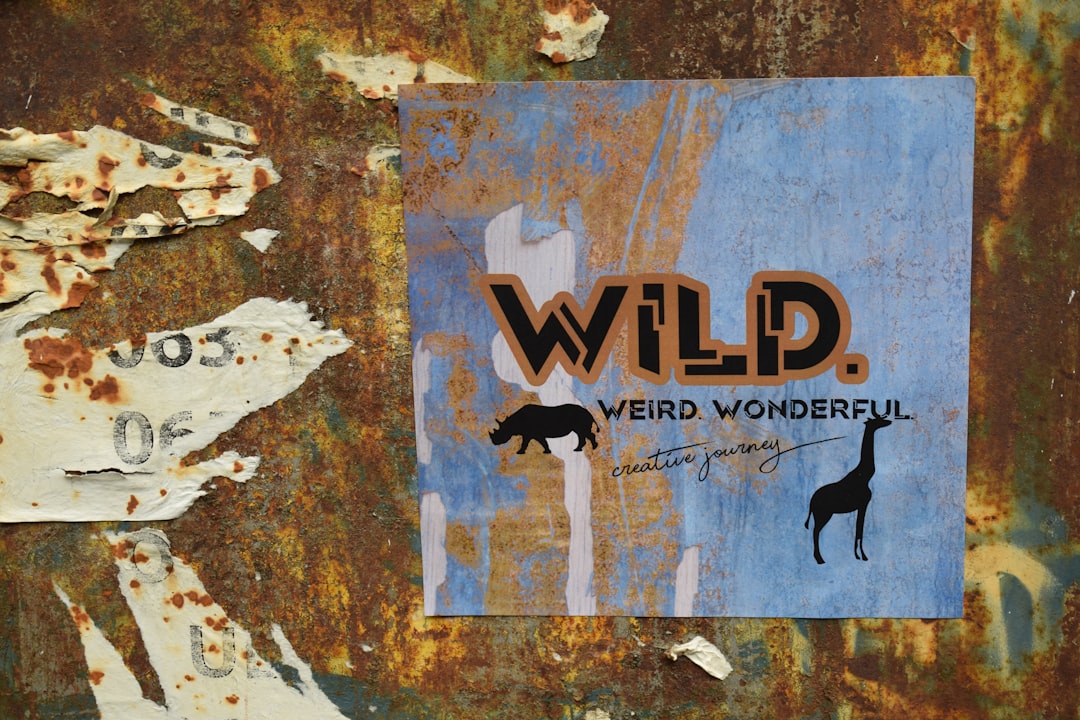
Whether nestled in coastal villages, bustling metropolises, or ancient highlands, tourism and destination brands must captivate at a glance. A logo — the visual handshake of a brand — needs to say more than “hello.” It must whisper intrigue, promise adventure, and offer a subtle invitation to explore. Crafting a compelling logo for a tourism or destination brand is both an art and a strategy, blending aesthetics, psychology, and storytelling.
TLDR:
Logos for tourism and destination brands must quickly communicate an area’s unique appeal, values, and personality. This article explores nine actionable logo concepts that use shapes, colors, and symbolism to attract travelers and represent location-centric experiences. Whether you’re branding a tropical resort or a scenic national park, these ideas offer inspiration for iconic, memorable logo designs. Dive in to discover how to transform a place into a powerful visual identity.
1. Symbolic Geography
A highly effective approach is to incorporate recognizable elements of a destination’s geography or landmarks directly into the logo. This could be a stylized silhouette of a mountain, an outline of an island, or the curve of a winding river.
- Use simplified geographic shapes to ground the brand in a location.
- Sparks instant recognition, even from international audiences.
- Great for national parks, island getaways, or mountainous retreats.
For example, a logo for a fjord-region in Norway might feature sleek curves to mimic the coastline while using cool blues and whites to suggest ice and sea.

2. Minimalist Cultural Symbols
Minimalism continues to dominate logo design trends, and when fused with cultural cues, it connects deeply with travelers. Think of how a single calligraphy stroke can evoke the spirit of Japan or how a slanted palm tree reminds us of the Caribbean.
- Keep the forms abstract to encourage broad appeal.
- Highlight food, fashion, or architectural elements in simplified forms.
- Best used when focusing on culture-based destinations or heritage experiences.
By reducing icons down to their essence, you create a timeless, scalable, and cross-cultural logo that sparks curiosity and imagination.
3. Typography-Based Logos with Custom Letterforms
Text alone can give a destination brand personality. Custom typography — especially when it’s handcrafted — brings authenticity to a location’s image.
- Use curves, serifs, and flow that mimic local languages or visual styles.
- Let the letters echo the language or the place: rugged for mountains, fluid for beaches.
- Great for cities and regions with well-known names and reputations.
Consider how the type in “Barcelona” could play with Gaudí-inspired arches or how “Bali” might feature flowing, wave-like curves.
4. Color as Storytelling
Color palettes transcend language. They play a critical role in how a logo feels and can dramatically influence perception.
- Use earthy tones to reflect nature destinations, vibrant hues for tropical spots.
- Cool blues suggest calm water-centric locales; warm reds and oranges suggest bustling markets or desert adventures.
- Pair with clean lines and negative space to evoke elegance and confidence.

For example, a destination in the Sahara might use muted oranges and sand tones, while a Nordic aurora-based destination can lean on deep purples and greens.
5. Logos that Move (Dynamic Identity Systems)
Modern branding calls for flexibility. Dynamic logos change depending on context — they might shift colors, shapes, or secondary graphics while preserving the core essence.
- Illustrate the multifaceted nature of a destination.
- Can adapt for use on souvenirs, events, or different seasons.
- Ideal for cities with numerous micro-neighborhoods or cultural festivals.
This is an excellent choice for a place like Cape Town, where the same logo structure could display beaches, wineries, and mountain icons depending on the brochure or event.
6. Retro Revival for Nostalgic Travel
Retro design taps into vintage postcards, old-school fonts, and a color-scheme that reminds us of yesteryear. This logo concept sells the idea of going “back in time” while still inviting future exploration.
- Works well for heritage tourism towns, Route 66-style road trips, or national parks.
- Typography often becomes the focal point, paired with worn textures.
- Design evokes emotion before information; it whispers “Memory Lane.”
Tourist towns like Savannah, Georgia, or the vineyards of Tuscany benefit from this timeless and trusted aesthetic.
7. Wildlife or Plant Emblems
Nothing says “ecosystem brand” like flora or fauna that are native and iconic. A kiwi bird says New Zealand; a cactus says Arizona. These symbols speak through biodiversity.
- Encourages ecological respect and stewardship through brand association.
- Highly adaptable for eco-tourism or nature reserves.
- Can be stylized to suit luxury, family-friendly, or budget-focused aesthetics.
Use this concept to champion local preservation while informing foreign visitors about what makes the location special.

8. Pictographic or Stamp-Style Logos
Tourists love souvenirs, and stamp-style logos take advantage of that collector mindset. These logos feel like emblems, badges, or seals of approval — perfect for cities or countries wanting strong national or civic branding.
- Fulfills merchandise, print, and digital use cases.
- Simulates the tactile allure of tri-fold maps and passport stamps.
- Great for campaign-style promotions across multiple markets or languages.
Consider Italy’s blend of food, art, and history shaped into an emblem that looks like it’s been routed from a vintage espresso machine sign.
9. Interactive or AR-Responsive Logos
With the rise of smart tourism and digital passports, forward-facing logos can leap off the static page. Some now contain augmented reality markers, QR codes, or motion triggers to deepen the user experience.
- Turns the logo into the start of a journey, not the end.
- Captivates tech-savvy travelers especially from younger demographics.
- Great for museums, modern cities, or high-tech experience centers.
Imagine pointing your phone at a logo and watching a waterfall flow or a local story unfold. Future-forward branding is not just seen — it’s experienced.
In Conclusion
The logo of a destination isn’t just a badge — it’s a promise. It tells would-be visitors not only what to expect, but why they should care. From minimalist icons to AR-enhanced visuals, every design choice carries the potential to convey personality, geography, culture, and emotion.
No matter which of these nine concepts you explore, the goal remains the same: to create a logo that makes people want to pack their bags and go.





